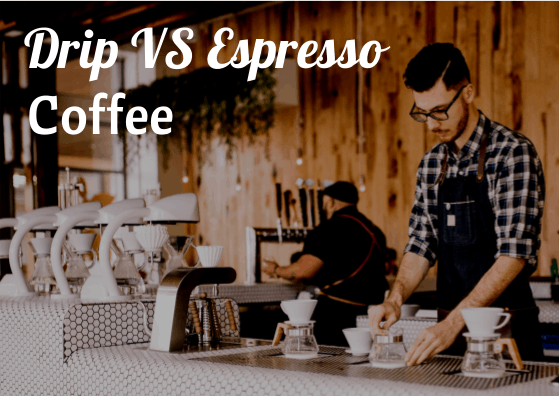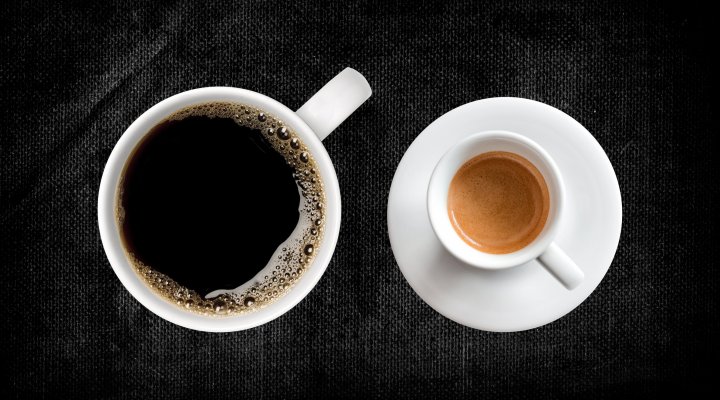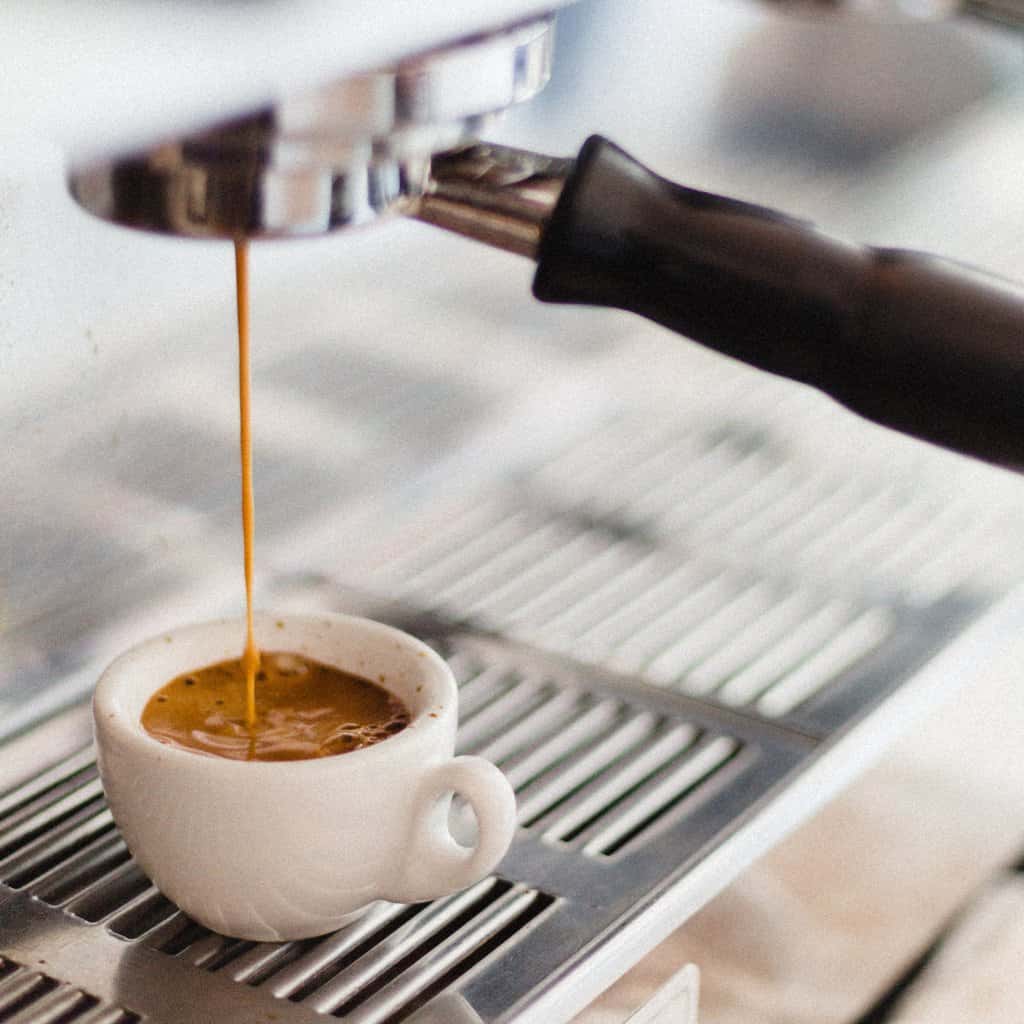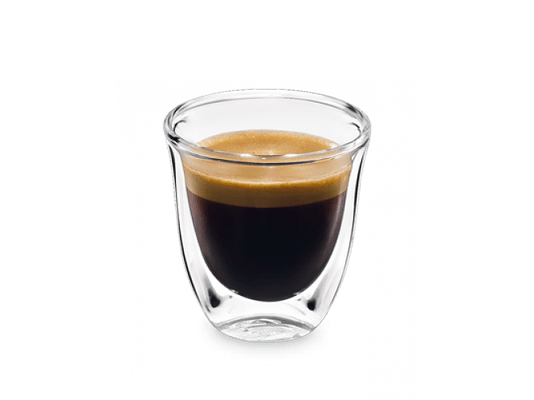What is the difference between drip coffee and espresso?
From a good ol’ caffeinated cup of Joe to an elegant ristretto – coffee is simply water over beans passed through some type of filter.
The water may be cold or hot. It may be slowly dripped or pressurized. The beans may be single origin or a blend. The grind may be anywhere on the scale of ultra-fine to very coarse. And the filter may be paper, gold mesh, or a steel strainer.
Whether drip coffee or espresso, it is the combination and consistency of all those elements that determines whether the resulting drink is delicious or detestable.
For the average java consumer, the differences between drip coffee and espresso may be unclear, so let’s take a closer look at each.
What is Drip Coffee?
- Despite the popularity of espresso drinks and pour-overs, drip coffee is still the most common method of making coffee in the United States. There are an abundance of methods and coffee machines for brewing drip coffee.
- How do you make drip coffee? Drip coffee is ideally made with moderately-ground beans. If the beans are too coarse, the coffee will be weak and unsatisfying. If the grind is too fine or powdery, and the brew becomes bitter and undrinkable.
- These medium-ground beans are first placed in a filter. Then hot, almost boiling, water (ideally at a temperature of 200 degrees, + or -2 degrees) is passed over the grounds through the filter, slowly extracting the beverage from the beans. The result is what is known as drip coffee.
- What kind of beans do you use for drip coffee? Every single coffee bean is suitable for drip coffee. This is not necessarily true for espresso. Thanks to the slow and easy brewing method, drip coffee allows you to savor the subtle flavors and undertones of single-origin coffees, be it Ethiopian or Mexican or Sumatran.
- If you are a fan of flavored coffees, then the drip method is far preferred over espresso in order to more distinctly appreciate the aroma and taste.
- Drip coffee has a lighter body than espresso, generally due to the use of paper filters and the more gentle brewing method.
- Which has more caffeine – regular coffee or espresso? Drip coffee has more caffeine per serving than espresso, but contains less caffeine per ounce. This is all about the serving size. When you enjoy a single shot of espresso, you’re sipping a mere one-ounce serving. Your small cup of brewed coffee is usually an 8-ounce serving.
What is Espresso?
The first things to understand about espresso is:
- Espresso is not a type of bean.
- It is definitely not the same thing as a strong cup of coffee.
- Espresso has always been popular in the U.S. within our Italian communities. It took off with the general public when Starbucks became mainstream back in the 90’s.
- “X” does not mark the spot. The word is espresso, so even though it is a beverage that is “expressed” from the coffee bean – it is espresso with an “S”, not expresso.
What’s the Difference?
Andrea Illy, coffee mogul, refers to espresso as “a miracle of chemistry in a cup.”
We couldn’t agree more. Let’s talk about what sets espresso apart from drip coffee:
- Espresso is coffee that is pulled from a highly-calibrated espresso machine, as opposed to regular coffee that can be made using drip (as compared above), pour-over, or French press methods.
- Espresso is a concentrated, thick coffee with a layer of dense foam created by forcing hot water through tightly packed, finely-ground coffee very quickly at very high pressure.
- What is a shot of espresso? A “shot” is a 1-ounce serving of espresso. A 2-ounce serving is aptly called a “double shot”. The process of making espresso is called “pulling a shot”.
- A shot is intended to be sipped slowly, usually from a small demitasse cup. It is not thrown back like a shot of tequila. Unless, of course, you’re running late for that 8 a.m. meeting.
- A shot of espresso can be savored on its own or used as a foundation to create the perfect caffeined cup of cappuccino, latte, macchiato, Americano, or the like.
- Why is espresso foamy? The distinguishing feature of espresso is the dense foam that forms when air combines with the oil from the coffee during the intense extraction process. This froth is called “crema”. Crema is the defining mark of a quality espresso that has been meticulously ground and pulled.
- A shot of espresso can be made from any type of coffee bean. It can also be made from any blend or roast from dark to light. Sometimes the best espressos are actually blends of many different types of coffee.
- Espresso’s fast extraction process makes its flavor fuller and richer than drip coffee. It also has a more pleasant, lingering aftertaste.
- What is the caffeine content of an espresso? A single shot of espresso is a 1-ounce serving. It has an estimated 40 mg of caffeine. Drip coffee only has an approximate 10 mg of caffeine per ounce, but is generally consumed in 8-, 12-, 16- or even 20-ounce servings. So while espresso is much stronger than coffee by volume, a single shot of espresso only contains half the caffeine as a small cup of coffee. Need an extra boost of caffeine?
Finally, if you want to combine the best of both the drip coffee and the espresso, ask your barrista for a Red Eye – a shot of espresso added to a regular cup of drip coffee. Who needs sleep when there’s caffeine?
“To espresso or to latte, that is the question…whether ’tis tastier on the palate to choose white mocha over plain…or to take a cup to go. Or a mug to stay, or extra cream, or have nothing, and by opposing the endless choice, end one’s heartache…” -Jasper Fforde, British novelist







